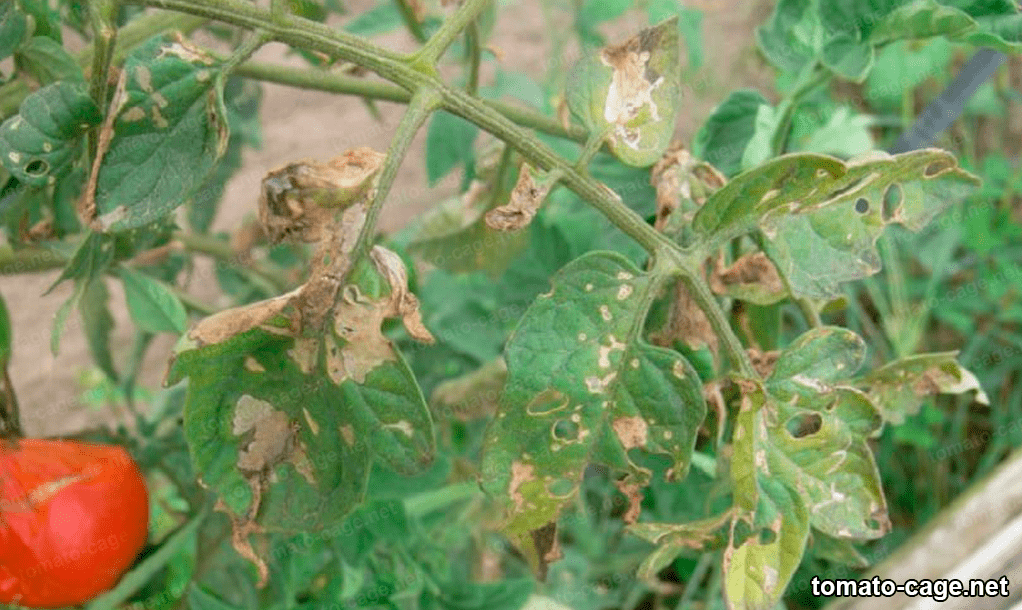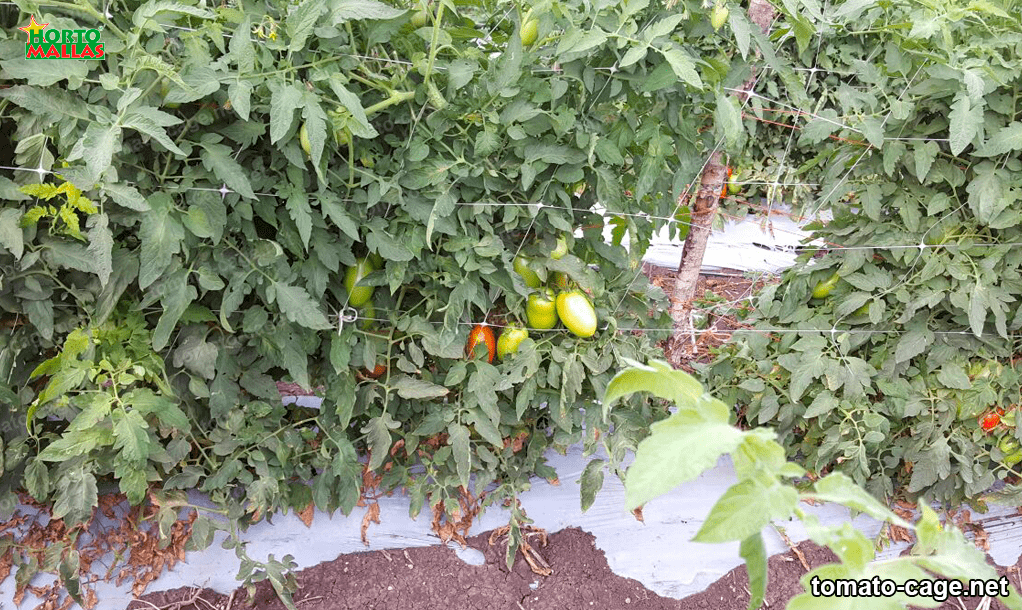Tomato cages help growers prevent tomatoes from bending and falling to the ground, providing better presentation for buyers and better quality and flavor for consumers. These cages also provide a better support structure for the stem and leaves of tomatoes, allowing them to grow healthily.
Tomato cages can be found in different sizes and designs, so growers should choose those that best suit their needs. The most common models have a height of approximately 2 meters, a base of approximately 40 cm wide and a grid of approximately 12 cm wide. These cages can be made of metal, plastic or wood.
To ensure that a tomato cage meets their needs, growers should make sure it is sturdy enough to support the weight of ripe tomatoes and spacious enough to allow the stems and leaves to grow freely. Metal cages are much more durable than plastic cages, but they are also more expensive.
Growers should also make sure that the tomato cage is made of weather-resistant materials to prevent it from rusting or deteriorating over time. It is also important to make sure that the materials are corrosion resistant, as pesticides and fertilizers can sometimes damage cage materials.
Growers should also ensure that the tomato cage is strong enough to prevent tomatoes from falling to the ground. It is important to note that ripe tomatoes are quite heavy, so it is important to make sure that the cage is strong enough to support the weight of the tomatoes.
Growers should also make sure that the tomato cage is spacious enough to allow the stems and leaves to grow freely. This will help ensure that the tomatoes receive enough sunlight for healthy growth.

The importance of installing tomato cages
Installing tomato cages is an excellent way to ensure that your tomatoes grow as healthy and large as possible. These cages are used to provide additional support to the stems and branches, allowing better airflow and sunlight absorption for better development. The installation of tomato cages also reduces the risk of damage from weather and disease. In addition, tomato cages are an excellent way to ensure that tomatoes are as healthy and large as possible at harvest time.
Tomato cages are available in different sizes to suit your needs. These cages are generally made of galvanized metal that is resistant to corrosion as well as rust. This means that they can withstand weather elements such as wind, rain, cold and snow. Therefore, tomato cages can be used during seasonal changes without worrying about weather damage.
By installing tomato cages, the risk of pest damage is also reduced. These cages provide a physical barrier between the tomatoes and insects and other harmful organisms. This means that the plant can thrive without being attacked. On the other hand, tomato cages also provide an impenetrable barrier between tomatoes and animals, such as rabbits and mice, which can cause a lot of damage to plants.
In addition to providing protection from weather elements and pests, tomato cages also help improve tomato health. These cages allow sunlight to reach the stems, which helps improve tomato development. This means the tomatoes will be larger and healthier at harvest time.
In addition, installing tomato cages also makes harvesting easier. These cages are lightweight and easy to move, allowing for quick and easy harvesting. This means that tomatoes can be harvested without worrying about damaging the plant.

Consequences of not having a good tomato cage
Growing tomatoes is a very common practice among farmers. This fruit is one of the most popular worldwide and is an important source of food for many families. Therefore, having a good tomato cage is vital for a successful crop. However, many growers do not have a proper tomato cage and this can have serious consequences.
First of all, a good tomato cage helps to improve tomato quality. This is because the cage helps protect the tomatoes from wind, rain and other weather elements. This helps prevent the tomatoes from rotting and damage, which in turn improves quality.
In addition, a good tomato cage can also help prevent insect damage. Some insects can cause serious damage to tomatoes if not properly controlled. A tomato cage can help keep insects at bay, which helps prevent damage to tomatoes.
Finally, a good tomato cage can also help keep tomatoes at an optimal temperature. This is especially important during colder times of the year when tomatoes are more susceptible to cold damage. The cage helps maintain the proper temperature, which helps prevent damage to the crop.
However, if growers do not have a good tomato cage, they are likely to suffer serious consequences. First, tomatoes are likely to be damaged by wind, rain and weather elements. This can reduce the quality and quantity of tomatoes harvested. In addition, insects are also likely to be a problem, which can cause a decrease in the quality and quantity of tomatoes. Finally, tomatoes can also be damaged by cold if they are not kept at a proper temperature.
